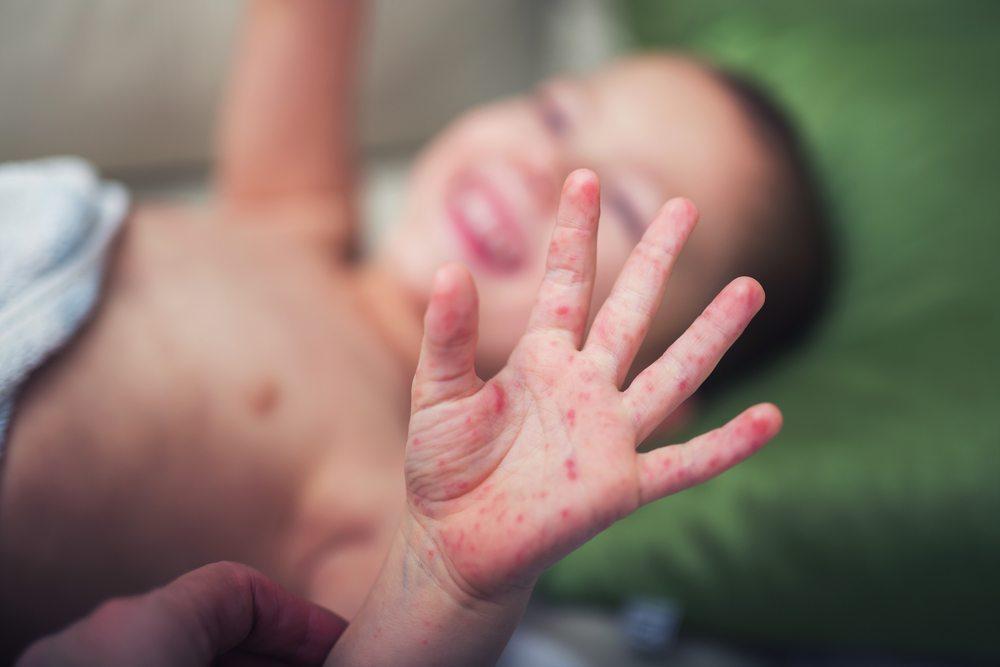My Child Got a Concussion – What Should I Do?

Knocks and bumps are a normal part of childhood. From grazed knees to cuts and fractures, the rough and tumble of playing is a vital part of a child’s learning. It teaches them coordination, they learn their own boundaries and limits, and the odd bump gives a healthy perspective as they grow up and learn about the dangers around them.
So, should you worry about the injuries your child does him or herself during the natural course of play? With one eye on safety, such as wearing the correct safety gear during sports, there’s no need to worry most of the time.
It’s hard for naturally protective parents. Recognizing the difference between everyday knocks and those that need expert medical attention will help you relax so you can let your child run and jump with abandon.
Concussion is often a concern. What is it, how serious is it, how do I know my child has it and should we go to the emergency room, are common questions. Here are the facts you need to know:
What is Concussion?
Concussion isn’t merely a bump on the head, although it’s caused by a bump or a severe shake. Concussion is a brain injury that happens when the bump or jolt was hard enough to jar the brain, disrupting the brain’s normal physiology. In most cases, the patient will recover by allowing the brain to rest. As a brain injury, it should never be taken lightly or ignored.
Signs of Concussion
You can’t just look at a child and say they have a concussion. For an accurate diagnosis, you need medical expertise. There are, however, symptoms you can look out for that can guide you:
- Loss of consciousness
- Unusually drowsy or feeling dizzy
- Feeling, or being, sick
- Displaying irritability, being sad or unusually restless
- Trouble concentrating
- Difficulty remembering things or thinking things through
- May forget recently learned skills (for instance, very young children can forget their toilet training)
- Slurred speech or saying things that don’t make sense
- Having a headache or blurred vision
Any of these symptoms can be serious and you should seek medical assistance.
How Concussion is Diagnosed
Your doctor will ask questions about what happened at the time of the injury, as well as noting any family history, to help them develop a clear picture about the child and their background. The physical exam for concussion could take various forms:
- X-Ray — Checks for other related injuries in the head and neck, such as fractures.
- CT Scan — A CT Scan takes multiple digital images of organs inside the body, giving doctors a clear image of the brain.
- MRI — Similar to a CT Scan but a little more involved, the MRI machine uses powerful magnets to take digital images of soft tissues and blood vessels. In both cases, a contrast material, such as a dye, is given to help doctors identify various parts of the body, in this case the brain.
- Neurological Exam — This checks your child’s cognitive function, such as memory, but also may test the strength in his or her limbs, how well the eyes are working or how easily the child wakes from sleep.
How Concussion is Treated
The brain normally recovers from concussion by itself, without medical intervention. If headaches are present, your doctor will prescribe painkillers and these should be taken according to instructions. It’s best you don’t decide on the type of painkiller yourself, as not all are suitable for either children or concussion headaches. Ice packs can also help reduce swelling as well as numbing pain.
Children shouldn’t go back to sports or other physical activity until the concussion has completely healed. Then, light activity is recommended to build strength and stamina. Kids are often keen to get back to sporting activities, but sitting it out is safest until the doctor says it’s okay.
Similarly, schoolwork may need to take a back seat for a while. The brain recovers best when it’s allowed to rest, so mentally demanding tasks such as homework or challenging lessons can hamper recovery. Schools and teachers should be aware of the concussion and respond accordingly when the child returns. How long they need to stay at home for depends on the severity of the concussion. Your doctor will advise the best course of action. The child may need reassurance that they won’t fall behind or will have help to catch up.
Reading, watching TV or playing video games can also be mentally demanding. If you can restrict your child’s activity in these areas, you’ll see a faster recovery.
After a few days, you can gradually introduce normal activity levels. However, watch for any symptoms recurring and scale back again for a few days if necessary. The good news is that treated properly, most children make a complete recovery from concussion.







